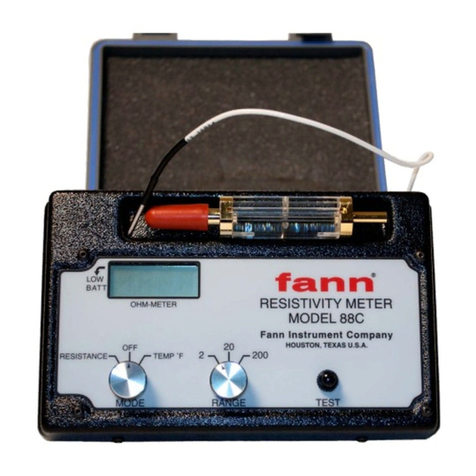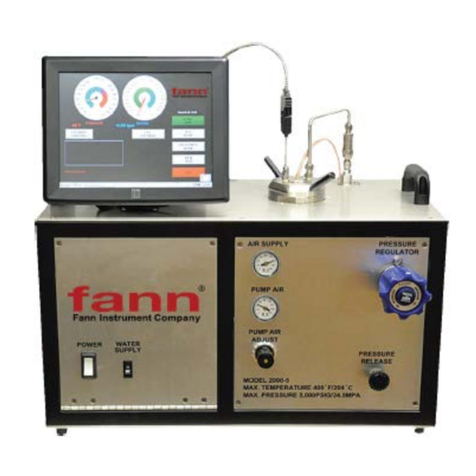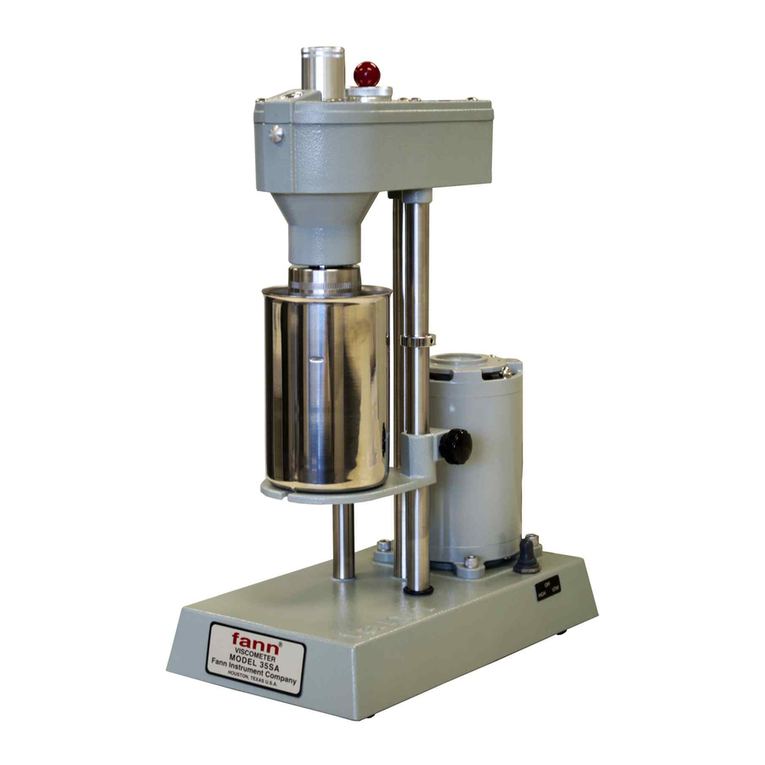
Model 415C & 415 SGS Instruction Manual
D01669102 April 2019, Revision A 3
Table of Contents
1 Introduction ................................................................................................................ 5
1.1 Model 415C ....................................................................................................... 5
1.2 Model 415SGS .................................................................................................. 6
1.3 Document Conventions ..................................................................................... 7
2 Safety ......................................................................................................................... 8
2.1 Safe Pressurization ............................................................................................ 8
2.2 Safe Heating ...................................................................................................... 8
2.3 Safe Electrical Operation ................................................................................... 8
3 Specifications ............................................................................................................. 9
4 Installation ................................................................................................................ 10
4.1 Air and Water Cooling Connections ................................................................. 10
4.2 Electrical Connections and Control Box .......................................................... 10
4.3 Pressure Vessel Installation ............................................................................ 12
5 Hydraulic, Pneumatic, Cooling and Electronic Controls ........................................... 13
5.1 Hydraulic Pressure Controls ............................................................................ 13
5.2 Pneumatic Controls ......................................................................................... 13
5.3 Electronic Controls and Displays ..................................................................... 14
6 Using the Touchscreen Software ............................................................................. 15
6.1 What is a touch screen and how does it work? ............................................... 15
6.2 Using the Touch Screen .................................................................................. 15
6.3 What can you do with the touch screen software? .......................................... 15
6.4 One Key Recovery for the Computer ............................................................... 15
6.5 Software Upgrades .......................................................................................... 16
6.6 Using the USB Port and the Printer ................................................................. 16
6.7 The Main Menu ................................................................................................ 17
6.8 Instrument Setup ............................................................................................. 18
6.9 Test Setup ....................................................................................................... 27
6.10 Start Test ......................................................................................................... 32
6.11 Live Testing Screen ......................................................................................... 33
6.12 View Test ......................................................................................................... 33
7 Operation ................................................................................................................. 35
7.1 Running a Thickening Time Test ..................................................................... 35
7.2 Stopping a Thickening Time Test .................................................................... 36
7.3 Thermocouple Retainer ................................................................................... 37

































